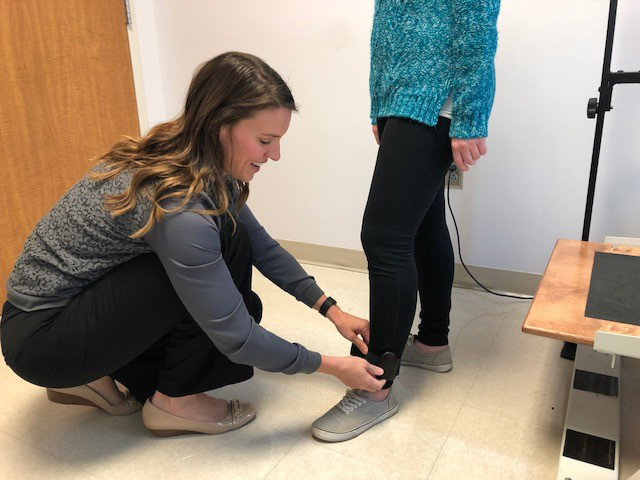
SARS-CoV-2 infection has progressively evolved into a pandemic and a public health emergency of international importance that has forced health organizations at the global, regional, and local levels to adopt a series of measures to deal with COVID-19 and to try to reduce its impact, not only in the social sphere but also in the health sphere, modifying the guidelines for action in health services. Within these recommendations, which include pain treatment units, patients with suspected or confirmed SARS-CoV-2 infection may find themselves waiting for medical consultation or invasive techniques for the management of chronic pain refractory to other therapies. A series of guidelines aimed at reducing the risk of infection for healthcare personnel, other patients, and the community are included in this manuscript.
In late 2019, a series of patients affected by pulmonary infection of initially unknown etiology with clinical presentations closely resembling viral pneumonia were collected for the first time in China. Sequencing analysis of lower respiratory tract specimens identified a new type of virus from the Coronaviridae family, named SARS-CoV-2, the agent responsible for the disease that was renamed COVID-191, as the causative agent of the outbreak. Since then, millions of cases have been identified worldwide. The World Health Organization classified this infection as a pandemic and it subsequently became a public health emergency of international concern.
Coronaviruses are mostly responsible for mild upper respiratory tract infections in immunocompetent adults and can cause more serious conditions such as severe acute respiratory distress syndrome (ARDS) and sepsis in patients with risk factors such as cardiovascular disease (10.5%), diabetes (7.3%), chronic respiratory disease (6.3%), hypertension (6%) or cancer (5.6%).

Today it is postulated that person-to-person transmission of infection occurs mainly by respiratory droplets and by contact with contaminated material through mucous membranes (oral, ocular, and nasal). It could also be transmitted by aerosols in therapeutic procedures that produce them. The average number of secondary cases produced from one case has been estimated at between 2 and 32.4, while the average incubation period was between 5.2 and 12.5 days, although there are cases with incubation periods of 24 days.
The potential repercussions of the disease have led health organizations at the global, regional, and local levels to adopt a series of measures to deal with COVID-19 and try to reduce its impact5, not only in the social sphere but also in the health field, modifying the guidelines for action in the health services and promoting strategies such as telemedicine6. This non-face-to-face medical practice has been transferred to different specialties, including pain treatment units. This strategy is of fundamental application in routine elective, non-urgent medical consultations (clinical evolution, initiation and follow-up of medical treatments, psychological intervention techniques, etc.) 6. In certain situations, such as in patients with chronic pain refractory to medical treatment, they are not sufficient, as invasive therapeutic procedures would be indicated, which involve direct contact with the patient and, therefore, the possibility of transmission and contagion.
All these actions and different ways of interacting with the patient make it necessary to establish clinical action guidelines in order to reduce the risk of infection for the patient, the health personnel, and the community. These recommendations would range from patient assessment (either in telematic or face-to-face format) to the performance of non-surgical invasive technical procedures for the control of chronic pain.
The indications would also be useful in clinical situations of infection by microorganisms with behavior similar to the SARS-CoV-2 virus.
To date, there are few specific articles on the management and practical considerations of patients with chronic pain during the COVID-19 pandemic. The most relevant indications for safe clinical practice have been collected and adapted to our setting. Go to their website at this link for more tips on pain management.

